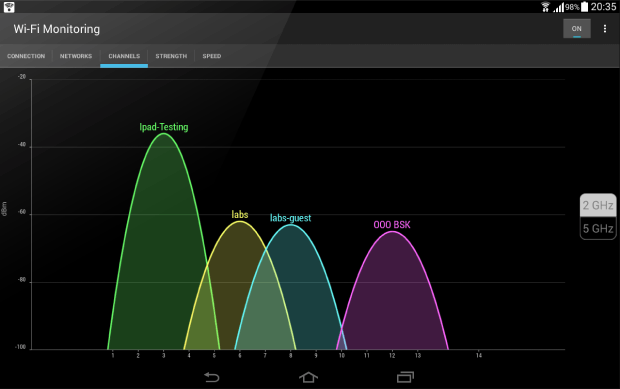


Thanks to its wide channels, it allows for faster data transfer speeds and more efficient connections, making it ideal for applications such as streaming high-definition video and online gaming. The band is supported by the Wi-Fi 6E standard for wireless local-area networks (802.11ax-2000). The 6 GHz WiFi band was introduced in 2020 as a way to provide additional bandwidth and reduce congestion in the crowded 2.4 GHz and 5 GHz bands. What can be a problem is the fact that 5 GHz signals don’t travel as far as 2.4 GHz signals, especially when there are solid obstacles in the way. Because this band is sub-divided into many more channels than the 2.4 GHz band, signal interference is rarely a problem. The 5 GHz band was introduced in 1999, but it wasn’t until 2014 and the release of the 802.11ac amendment to the IEEE 802.11 wireless local network specifications before it really took off. It also doesn’t help that the band gives users a fairly small number of channels to choose from, with most channels overlapping (see the next chapter of this article). Because of how widely used the 2.4 GHz band is, it’s easy to encounter issues with signal interference, making it that much more important to use the right channel. The 2.4 GHz band is supported by virtually all WiFi routers today.


 0 kommentar(er)
0 kommentar(er)
